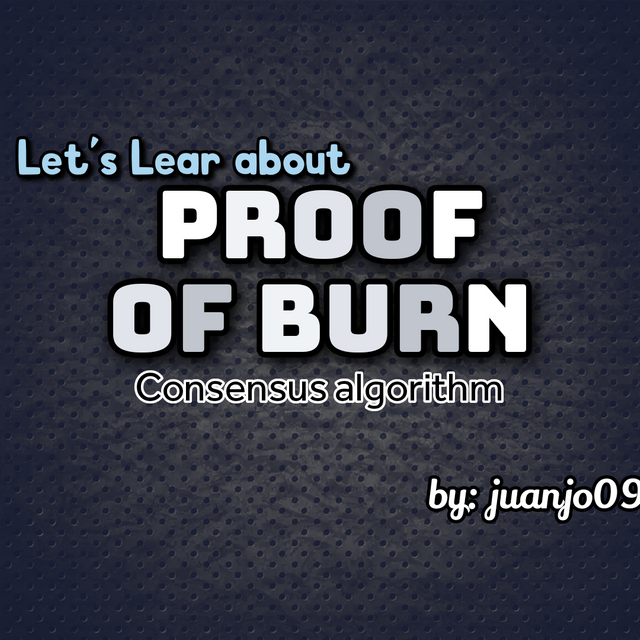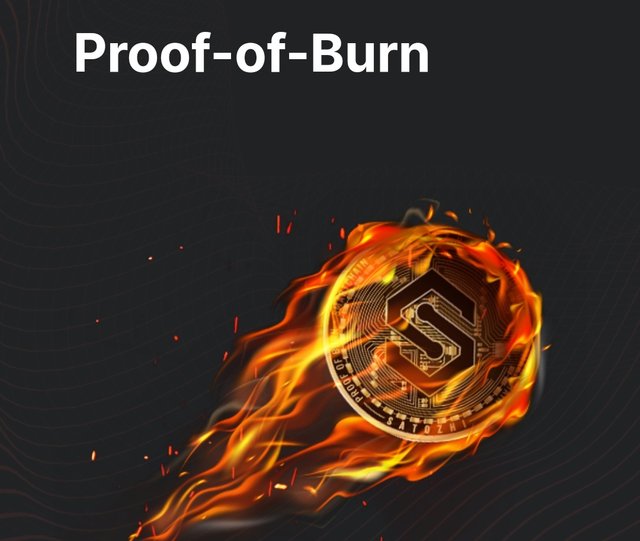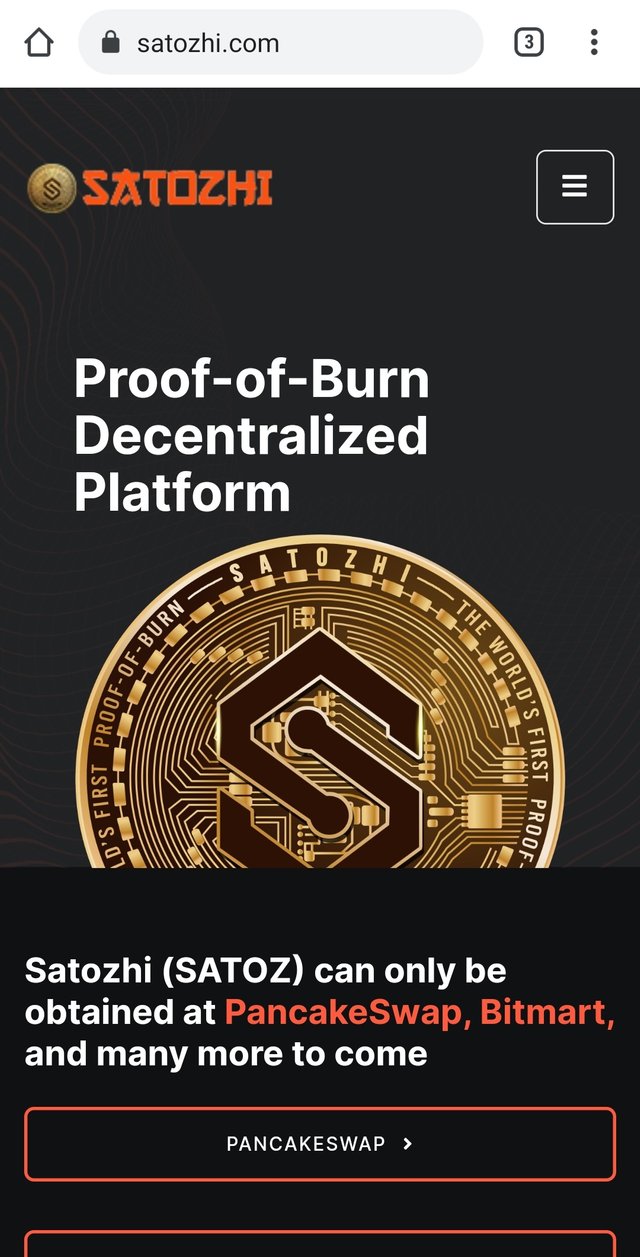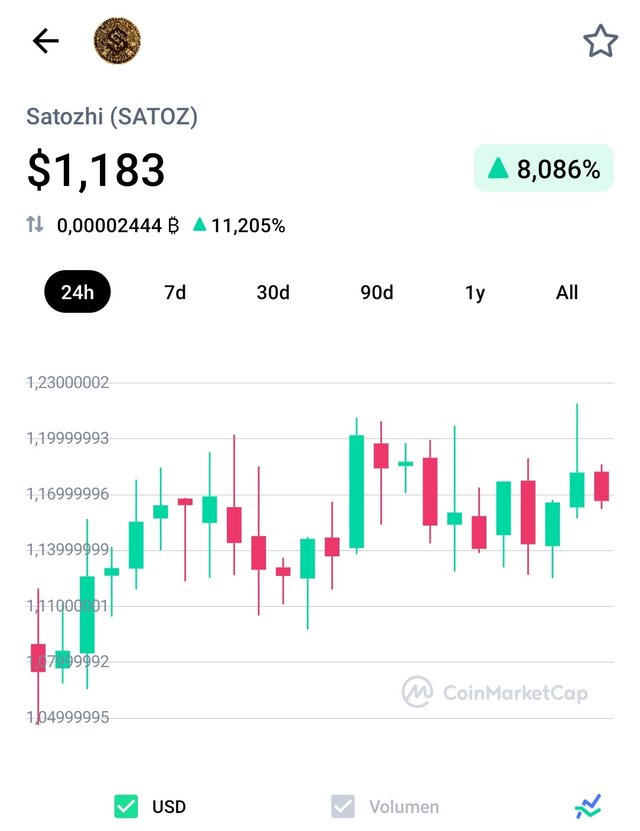Very good to all the students and teachers of #cryptoacademy, this opportunity we have to discuss about consensus algorithms, especially the PoB (Poof of Burn). Let us begin.

Introduction
Consensus algorithms are systematic mechanisms that are defined to maintain coordination in the distribution of data in a decentralized manner, this usually consists of rules or instructions that guide the user or machines to perform certain steps or actions to either validate an operation or creation. Therefore, consensus algorithms are the key to creating secure decentralized platforms since it does not consist of a single entity to validate or verify transactions.
Currently there is variety in terms of consensus algorithms, various protocols that help us understand how a cryptocurrency works, this time we will talk about the burn test (PoB) and I will give a recent example of a project that is launched under this protocol.
History of the Proof of Brun
The PoB protocol was mentioned for the first time by Ian Stewart in 2012 in a forum about the discussion about bitcoin called Bitcointalk, Ian is a former computer employee at Imperial College London, United Kingdom, he worked there from 1991 to the 2011.
From Ian Stewart, the burn test is a model that has drawn attention to new projects that seek to implement this new protocol, such as Satozhi, the first token that works under this protocol (we will talk about it later).
What is Proof of Burn?

Screaenshot of https://satozhi.com/
The Proof of Burn is a recent protocol, and to understand it exactly I will give a brief description of the protocols that precede this one, it is about the Proof of Work (PoW) and Proof of Stake (PoS) let's explain a little of these
Proof of Work: This protocol consists of people (miners) with their equipment (miners) competing to solve a cryptographic problem with their equipment, the first to find the solution to said problem will show their proof of work (the solution of the block) and transmitting it through the rest of the network, this information goes through the various nodes for its validation, if it is valid then the block will be permanently added to the chain (blockchain) and the miner will be rewarded with coins already generated. In this description we can understand that what stars then in the ability to obtain the cryptocurrency through this protocol consists of the raw power of the miner.
Proof of Stake: unlike the proof of work that uses a mathematical function to demonstrate the ownership of the coins (Hash function), the proof of stake uses digital signatures and is that in this protocol the miners change their name to forgers (forgers ) that would be a miner but selected in a deterministic way and that is that the more coins a forger has, the more likely his selection will be to validate blocks. however, unlike the PoW miners, the smiths do not receive rewards in the currency but rather transaction fees.
Now, let's see what the burn test (PoB) consists of
This algorithm is simple, it consists of burning the coin, that is, sending the coins to a verifiable public address where they become unusable and inaccessible, then, the coin burners would be the "miners" and they would not have any physical equipment but only the blockchain platform to get and burn. now with burning the "miners" are rewarded in blocks.
Now, what advantage would this system bring over others? Well, if we obtain coins and burn it, this will generate an economic shortage since it reduces the availability of the market, this could cause a possible increase in the value of the cryptocurrency based on this protocol.
So compared to the aforementioned protocols if they look anything like the test of work, the burn test would make an initial investment of instead of physical resources, in coins to burn, this would guarantee that the miners do well since they are investing in the platform. on the other hand, it also has similarities with the proof of stake and that is that users have to invest their own coins to participate in the protocol.
Advantages and disadvantages
- Advantage:
It is more environmentally friendly since it does not use physical equipment for mining, but only the blockchain platform, for the production, verification and validation of cryptos.
The fact of burning currency gives us an advantage over the proof of participation and that is that in the proof of participation people save and accumulate their coins this does not generate an economic shortage, the burn test does, which could generate a rapid increase of the crypto.
The burning activity guarantees the commitment of the miners, in addition to the fact that the burning process guarantees even more the safety and decentralization of the plataform.
- Disadvantages
Although the PoB is friendly by itself with the environment if it ends up burning bitcoin this will end up increasing the mining with PoW and ending up again in not being so friendly with the environment.
The verification process of the consequent blocks of mining is slower
The burning process, depending on how it is applied, is not always transparent or easy to verify.
Satozhi The first project based entirely on the PoB

Satozhi (SATOZ) is a token that runs entirely on the BSC (Binance Smart Chain) network and uses the burn test as the only consensus algorithm. This project was launched in March of this year (2021) this token generates 50 SATOZ as a reward for burning every 10 min in a fair and distributed way, therefore there is no human intervention in the process
You can acquire the token and burn on the [Satozhi] platform (https://satozhi.com/) the steps are simple.
- 1.- SATOZ Shopping
- 2.- SATOZ burns
- 3.- You receive a reward in SATOZ every 10 min

The reward is 50 SATOZ every 10 min proportional to the percentage for the burning of the SATOZ, the reward will be obtained forever only until the total of tokens is equal to its total supply that is 21 million tokens.
Satozhi currently has a fully diluted market capitalization at $ 24,867,318.62 and a cost of $ 1.18 today, this according to CoinMarketCap.com

Screenshot of Coinmarketcap app
Conclusion
The proof of burn can be an energetic alternative to the problems presented in the PoW, however, being a new protocol we still do not know how much functionality or response in a real environment it will undoubtedly have to wait and see more projects that are based on in this protocol totally.
On the other hand, this new protocol, I think its biggest obstacle is trust at the moment, but it is only something temporary that in time we will see with examples like Satozhi.
This is my entire delivery, I hope it has been to your liking and learned as much as I have, greetings to everyone, especially to teacher @alphafx
Task satisfactorily done
Thanks for participating
Downvoting a post can decrease pending rewards and make it less visible. Common reasons:
Submit
Thank you very much for the prompt review. I learned something new and very interesting.
Downvoting a post can decrease pending rewards and make it less visible. Common reasons:
Submit